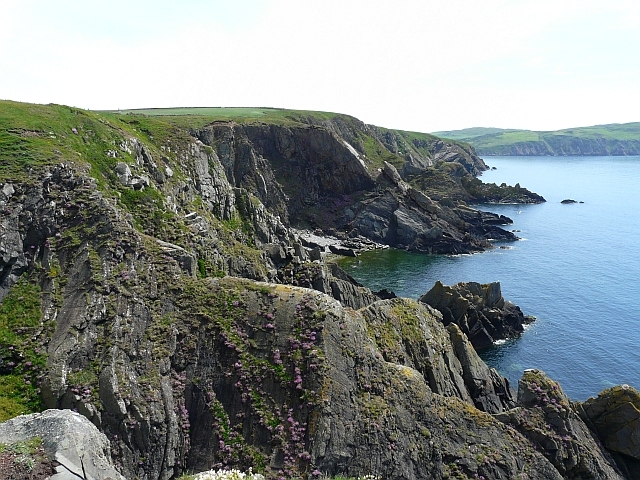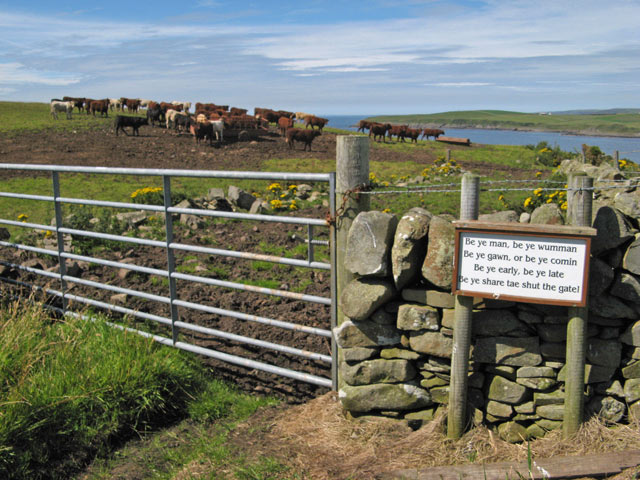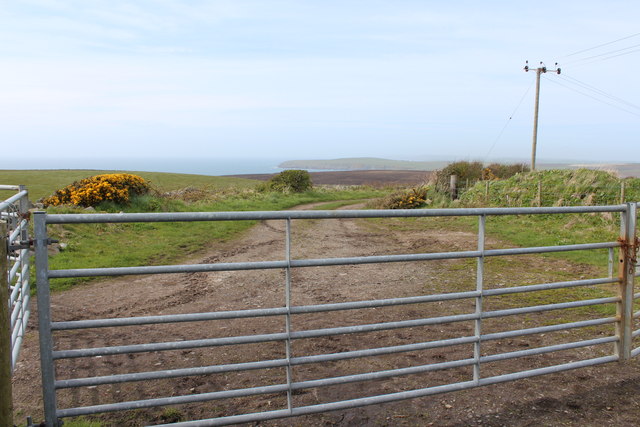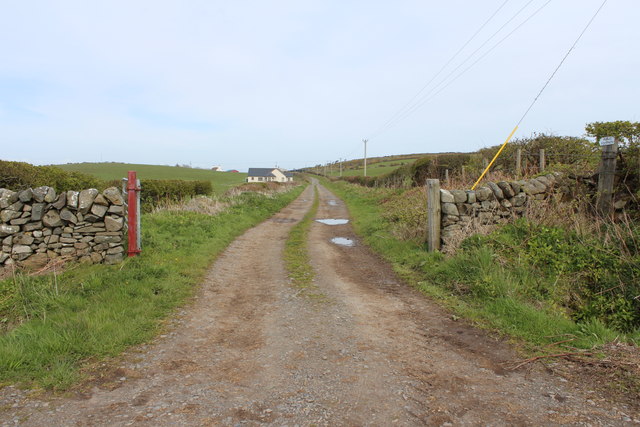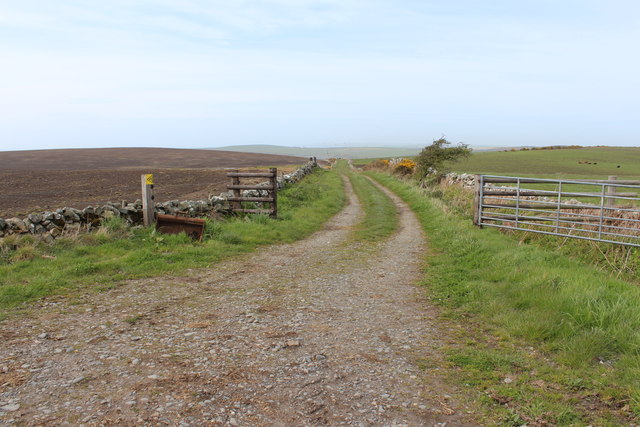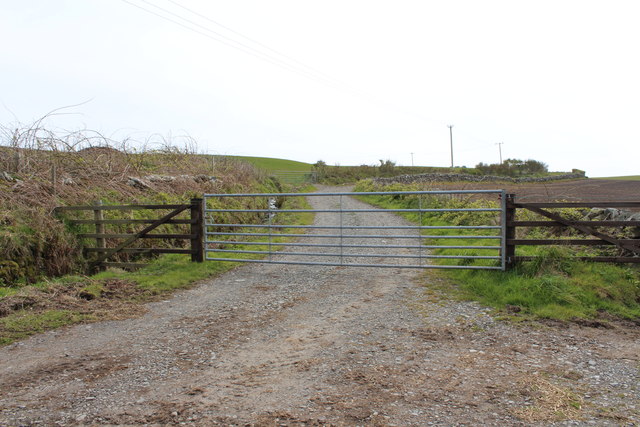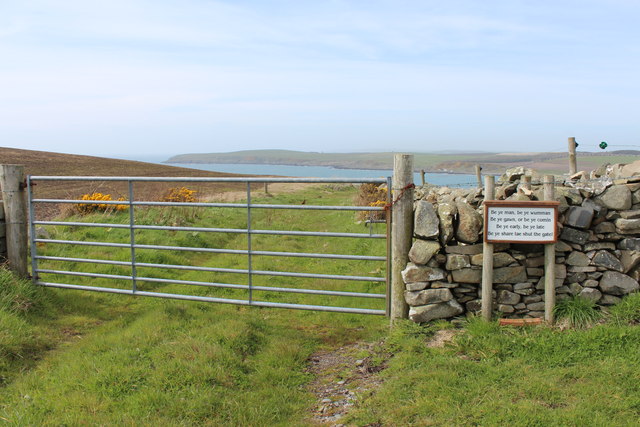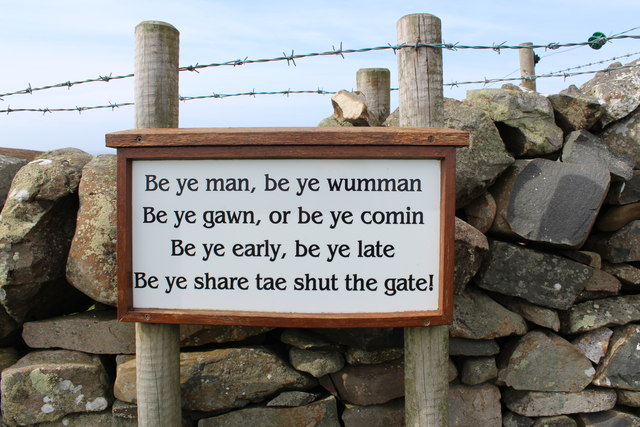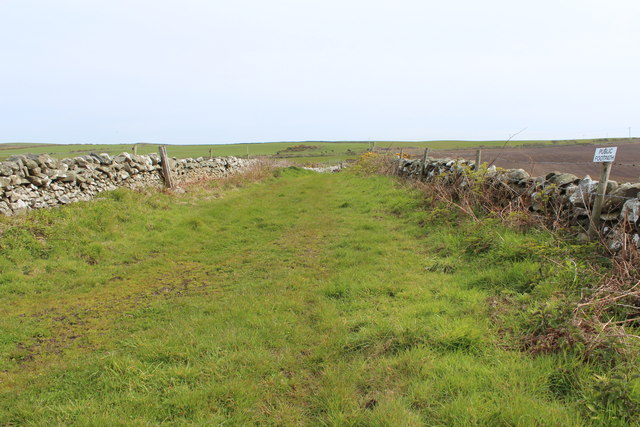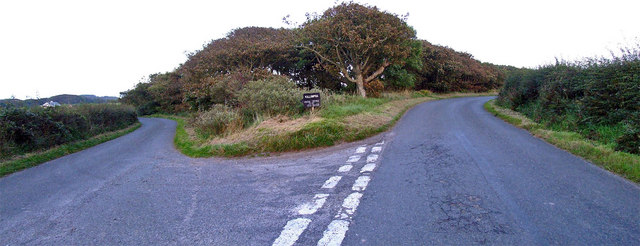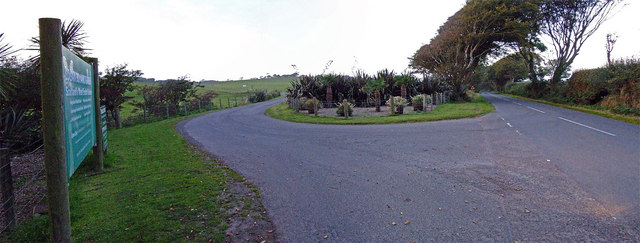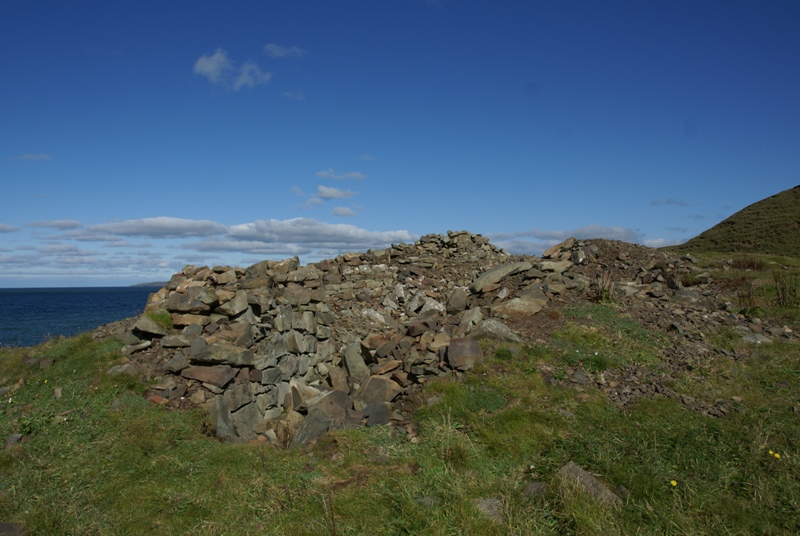Maidenhead Bay
Bay in Wigtownshire
Scotland
Maidenhead Bay
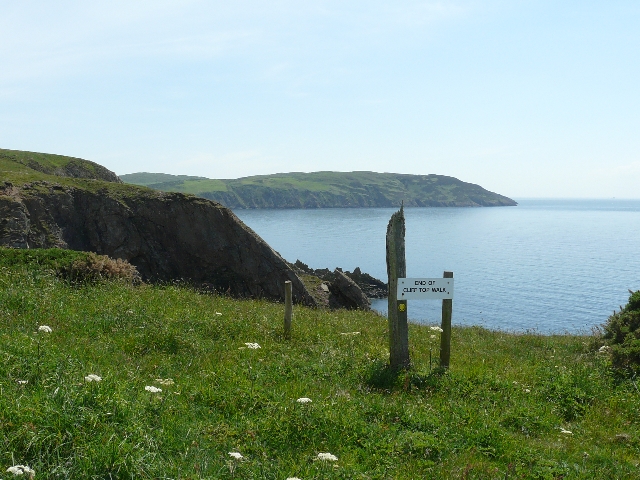
Maidenhead Bay is a picturesque bay located in the Wigtownshire region of southwest Scotland. Situated on the eastern coast of the Rhins of Galloway peninsula, this beautiful bay stretches for approximately 2 miles along the Irish Sea. It is nestled between the towns of Portpatrick to the north and Drummore to the south.
The bay is renowned for its stunning natural beauty, characterized by its golden sandy beach, clear turquoise waters, and rocky cliffs that border its edges. The beach is well-maintained and offers visitors a tranquil spot for relaxation and various recreational activities such as sunbathing, picnicking, and beachcombing. The bay is also a popular destination for coastal walks and is part of the Rhins Coastal Path.
Maidenhead Bay boasts a rich marine life, attracting nature enthusiasts and wildlife watchers. Seals can often be spotted basking on the rocks, and a variety of seabirds, including gannets, fulmars, and kittiwakes, can be seen soaring above the bay. The bay is also home to a diverse range of fish species, making it a popular spot for fishing enthusiasts.
For those interested in history, Maidenhead Bay holds significance as the location of the wreck of the SS Lennie, a cargo ship that sank in 1914. The remains of the ship can still be seen at low tide, attracting history buffs and divers.
With its breathtaking scenery, abundant wildlife, and historical significance, Maidenhead Bay is a must-visit destination for nature lovers and anyone seeking a peaceful coastal retreat in the Wigtownshire region.
If you have any feedback on the listing, please let us know in the comments section below.
Maidenhead Bay Images
Images are sourced within 2km of 54.730082/-4.9637392 or Grid Reference NX0941. Thanks to Geograph Open Source API. All images are credited.
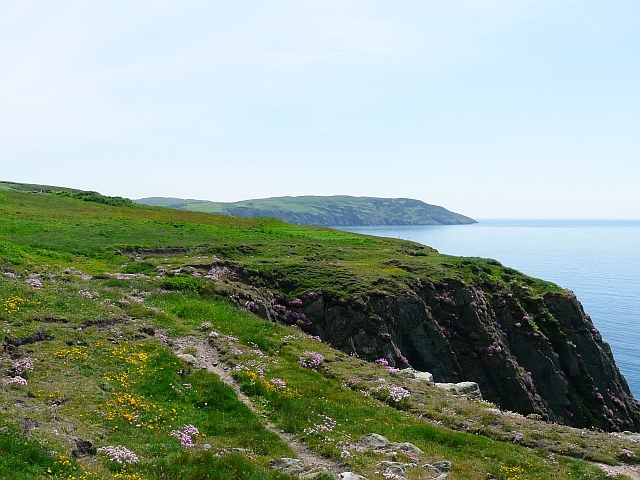
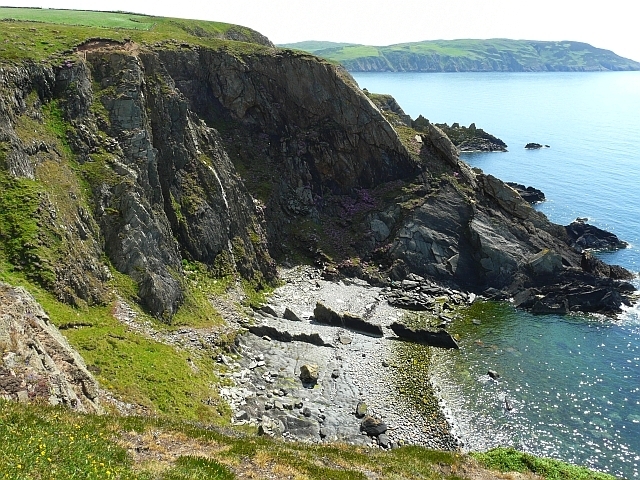

Maidenhead Bay is located at Grid Ref: NX0941 (Lat: 54.730082, Lng: -4.9637392)
Unitary Authority: Dumfries and Galloway
Police Authority: Dumfries and Galloway
What 3 Words
///simulations.uniform.bitters. Near Drummore, Dumfries & Galloway
Nearby Locations
Related Wikis
Port Logan
Port Logan, formerly Port Nessock, is a small village in the parish of Kirkmaiden in the Rhins of Galloway in Wigtownshire. The Gaelic name is Port Neasaig...
Logan Botanic Garden
Logan Botanic Garden is a botanical garden near Port Logan on the Rhins of Galloway, at the south-western tip of Scotland. The Botanic Garden was established...
Doon Castle Broch
Doon Castle Broch is an iron-age broch located in Dumfries and Galloway, Scotland (grid reference NX 06702 44683). == Location == The Broch is located...
Ardwell
Ardwell (from Gaelic Àrd Bhaile meaning "high town", pronounced as "Ardwell") is a village in the Scottish unitary council area of Dumfries and Galloway...
Related Videos
Nearby Amenities
Located within 500m of 54.730082,-4.9637392Have you been to Maidenhead Bay?
Leave your review of Maidenhead Bay below (or comments, questions and feedback).
